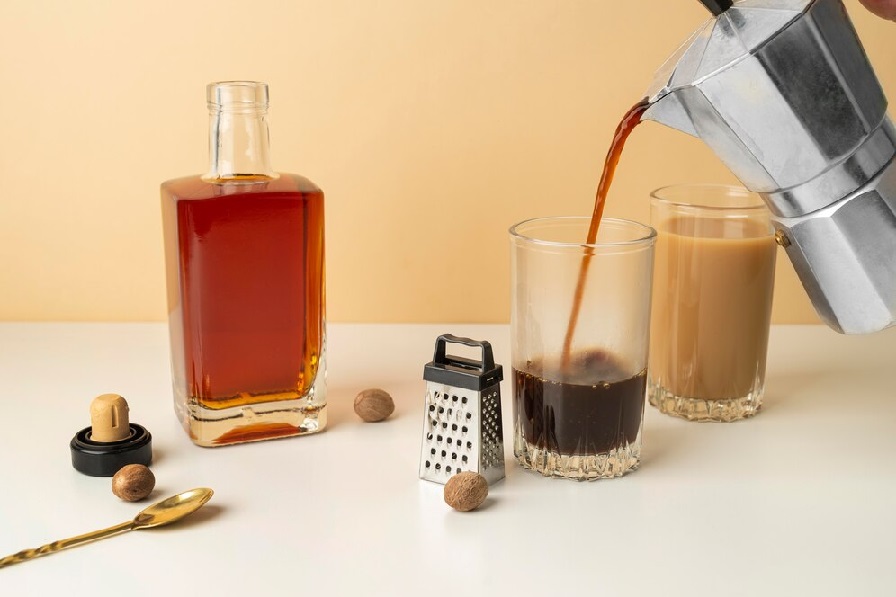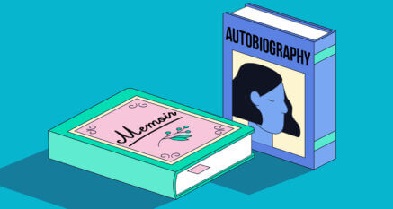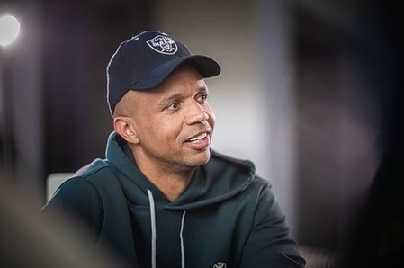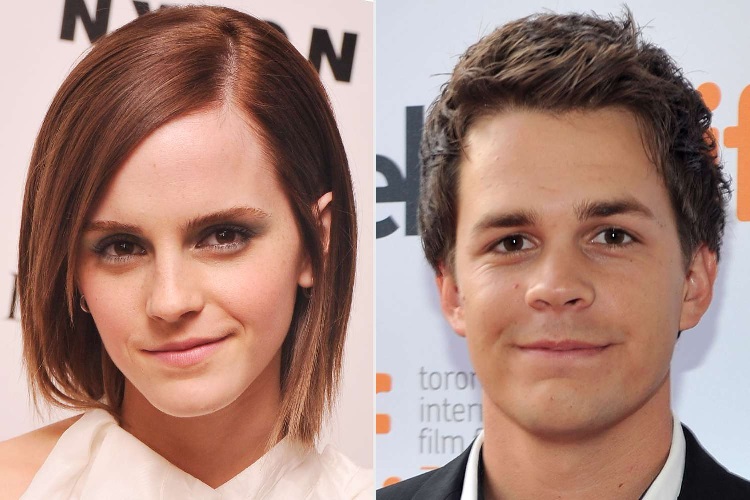Are you one of those people how much caffeine in a shot of espresso who can’t start their day without a shot of espresso? Or maybe you’re curious about how much caffeine is in that tiny, powerful cup of coffee? Well, you’ve come to the right place. In this article how much caffeine in a shot of espresso, we’ll dive deep into the world of espresso and caffeine, answering all your questions in a simple and engaging way. So, grab your favorite cup, and let’s get started!
Introduction how much caffeine in a shot of espresso
Espresso is more than just a coffee drink; it’s an experience, a ritual, and for many, a necessity to kickstart their day. But have you ever wondered how much caffeine is packed into that small, intense shot? Understanding the caffeine content in a shot of espresso can help you manage your intake and enjoy your favorite brew without overdoing it. In this article, we’ll explore everything you need to know about espresso and its caffeine content.
What is Espresso?
Espresso is a concentrated form of coffee, brewed by forcing hot water through finely-ground coffee beans at high pressure. Unlike regular coffee, which can be brewed using various methods, espresso is known for its quick extraction process, creating a thick, rich, and aromatic drink.
The Origins of Espresso
Espresso originated in Italy in the early 20th century. The word “espresso” means “pressed out” in Italian, referring to the method of forcing water through coffee grounds. This method quickly gained popularity for its ability to produce a robust and flavorful coffee in a short amount of time.
Espresso’s Unique Characteristics
What sets espresso apart from other coffee drinks? It’s the intensity and complexity of flavors, the creamy consistency, and the thick layer of crema (a frothy golden layer on top) that makes espresso a favorite among coffee enthusiasts.
Understanding Caffeine
Caffeine is a natural stimulant found in coffee, tea, and several other plants. It’s what gives coffee its invigorating effect, helping you feel more alert and awake.
How Caffeine Works
When you consume caffeine, it quickly absorbs into your bloodstream and travels to your brain. There, it blocks the inhibitory neurotransmitter adenosine, leading to increased neuronal firing and the release of other neurotransmitters like dopamine and norepinephrine. This process results in heightened alertness and a boost in energy levels how much caffeine in a shot of espresso.
Caffeine Content in Different Coffee Drinks
The caffeine content in coffee can vary significantly depending on the type of coffee bean, the brewing method, and the serving size. For instance, a typical 8-ounce cup of brewed coffee contains about 95 mg of caffeine, while a shot of espresso has a different profile, which we’ll delve into next.
How Much Caffeine in a Shot of Espresso?
So, how much caffeine is in a shot of espresso? On average, a single shot of espresso (about 1 ounce) contains approximately 63 mg of caffeine. This amount can vary slightly depending on several factors, such as the coffee bean type and the brewing technique.
Single vs. Double Shot
A double shot of espresso, often called a “doppio,” contains about twice the caffeine of a single shot, totaling around 126 mg. This makes the double shot a popular choice for those seeking a stronger caffeine boost.
Comparison with Other Coffee Drinks
While a single shot of espresso has less caffeine than a standard cup of brewed coffee, it’s much more concentrated. This means you get a significant caffeine kick in a much smaller volume, which is why many people find espresso to be so effective.
Factors Influencing Caffeine Content
Several factors can influence the caffeine content in your shot of espresso. Let’s explore the most common ones:
Coffee Bean Type
Different types of coffee beans have varying levels of caffeine. For example, Robusta beans generally contain more caffeine than Arabica beans. The blend used for your espresso can affect its caffeine content.
Grind Size
The grind size of the coffee beans also plays a crucial role. A finer grind allows for more caffeine extraction, leading to a stronger espresso. Conversely, a coarser grind results in less caffeine.
Brewing Time and Pressure
The time and pressure used during the brewing process can influence the caffeine content. Typically, a longer extraction time and higher pressure will result in more caffeine being extracted from the coffee grounds.
Serving Size
While a standard shot of espresso is about 1 ounce, the serving size can vary. Some coffee shops may serve slightly larger or smaller shots, affecting the total caffeine content and how much caffeine in a shot of espresso.
Comparing Caffeine Content
To understand how much caffeine is in a shot of espresso, it’s helpful to compare it to other common coffee drinks.
Espresso vs. Drip Coffee
A typical 8-ounce cup of drip coffee contains about 95 mg of caffeine, which is more than a single shot of espresso. However, given that espresso is more concentrated, it delivers a quicker and more intense caffeine hit.
Espresso vs. Instant Coffee
Instant coffee generally contains less caffeine than both espresso and drip coffee. An 8-ounce cup of instant coffee usually has around 60-80 mg of caffeine, making it comparable to a single shot of espresso but less concentrated.
Espresso vs. Specialty Coffee Drinks
Specialty coffee drinks like lattes, cappuccinos, and macchiatos are based on espresso. Their caffeine content depends on the number of espresso shots used. For instance, a standard latte typically contains one or two shots of espresso, meaning it can have between 63 to 126 mg of caffeine how much caffeine in a shot of espresso.
Health Benefits of Caffeine
Caffeine, when consumed in moderation, can offer several health benefits.
Enhanced Alertness and Cognitive Function
One of the most well-known benefits of caffeine is its ability to enhance alertness and improve cognitive function. It helps you stay focused and can improve your performance on tasks that require attention and concentration how much caffeine in a shot of espresso.
Physical Performance
Caffeine has been shown to improve physical performance by increasing adrenaline levels and releasing fatty acids from fat tissues, making it a popular supplement among athletes how much caffeine in a shot of espresso.
Potential Protective Effects
Some studies suggest that caffeine may have protective effects against certain diseases, such as Alzheimer’s and Parkinson’s. Regular coffee consumption has also been linked to a lower risk of type 2 diabetes and certain types of cancer.
Potential Risks and Side Effects
While caffeine has its benefits, it’s important to consume it in moderation to avoid potential risks and side effects.
Insomnia and Sleep Disruption
One of the most common side effects of caffeine is insomnia or disrupted sleep patterns. Consuming caffeine too late in the day can interfere with your ability to fall asleep and stay asleep for how much caffeine in a shot of espresso.
Anxiety and Jitters
High doses of caffeine can lead to increased anxiety and feelings of nervousness or jitteriness. If you’re prone to anxiety, it’s best to limit your caffeine intake how much caffeine in a shot of espresso.
Dependence and Withdrawal
Regular consumption of caffeine can lead to dependence, and suddenly stopping can result in withdrawal symptoms such as headaches, fatigue, and irritability. It’s important to manage your intake to avoid these issues.
Decaf Espresso: Is It Really Caffeine-Free?
Decaffeinated espresso is a popular choice for those who love the taste of coffee but want to avoid caffeine. However, it’s not entirely caffeine-free.
Caffeine Content in Decaf Espresso
A shot of decaf espresso typically contains about 2-5 mg of caffeine. While this is significantly less than a regular shot, it’s important to be aware that some caffeine is still present how much caffeine in a shot of espresso.
Who Should Choose Decaf?
Decaf espresso is a great option for people who are sensitive to caffeine, pregnant women, or those trying to reduce their overall caffeine intake without giving up their favorite coffee drinks.
Espresso-Based Drinks and Their Caffeine Content
Espresso is the foundation for many popular coffee drinks. Let’s take a look at the caffeine content in some of these beverages.
Latte
A latte is made with one or two shots of espresso and steamed milk. The caffeine content can range from 63 to 126 mg, depending on the number of espresso shots is the how much caffeine in a shot of espresso.
Cappuccino
Similar to a latte, a cappuccino contains one or two shots of espresso, but with more froth and less steamed milk. The caffeine content is similar, ranging from 63 to 126 mg how much caffeine in a shot of espresso.
Americano
An Americano is made by diluting a shot of espresso with hot water. While the volume increases, the caffeine content remains the same as a single or double shot of espresso how much caffeine in a shot of espresso.
Macchiato
A macchiato is a shot of espresso “stained” with a small amount of steamed milk. Its caffeine content is the same as a single shot of espresso, around 63 mg.
Mocha
A mocha combines espresso, steamed milk, and chocolate syrup. Depending on the number of espresso shots used, the caffeine content can range from 63 to 126 mg.
Brewing Methods and Caffeine
Different brewing methods can affect the caffeine content in your coffee. Let’s explore how these methods compare to espresso for how much caffeine in a shot of espresso.
French Press
A French press typically produces coffee with a higher caffeine content per ounce compared to espresso. An 8-ounce cup can contain about 80-100 mg of caffeine how much caffeine in a shot of espresso.
Pour Over
Pour over coffee is similar to drip coffee in terms of caffeine content. An 8-ounce cup usually contains around 95 mg of caffeine, slightly more than a shot of espresso.
Cold Brew
Cold brew coffee is brewed over a longer period using cold water, resulting in a strong and smooth coffee. An 8-ounce cup of cold brew can contain around 100-200 mg of caffeine, making it significantly stronger than espresso.
Tips for Managing Your Caffeine Intake
Enjoying your coffee without overdoing the caffeine can be a balancing act. Here are some tips to help you manage your intake:
Know Your Limits
Understand how much caffeine your body can handle without experiencing negative side effects. This amount can vary from person to person for how much caffeine in a shot of espresso.
Time Your Consumption
Avoid consuming caffeine late in the day to prevent it from interfering with your sleep. Aim to have your last cup at least six hours before bedtime how much caffeine in a shot of espresso.
Opt for Decaf
If you love the taste of coffee but want to reduce your caffeine intake, opt for decaf versions of your favourite drinks how much caffeine in a shot of espresso.
Pay Attention to Serving Sizes
Be mindful of the serving sizes of your coffee drinks. Larger sizes or multiple shots of espresso can significantly increase your caffeine intake.
Listen to Your Body
Pay attention to how your body responds to caffeine. If you start feeling jittery, anxious, or have trouble sleeping, it might be time to cut back.
Conclusion
Espresso is a beloved coffee drink known for its rich flavor and concentrated caffeine content. Understanding how much caffeine is in a shot of espresso can help you enjoy this beverage responsibly and make informed choices about your caffeine intake. Whether you’re a seasoned coffee enthusiast or a casual drinker, knowing the ins and outs of espresso and caffeine can enhance your coffee experience.
———————————————————————————————————————————————————————-
FAQs
1. How much caffeine is in a double shot of espresso?
A double shot of espresso typically contains around 126 mg of caffeine, which is twice the amount of a single shot how much caffeine in a shot of espresso.
2. Is espresso stronger than regular coffee?
In terms of concentration, yes, espresso is stronger than regular coffee. However, a standard cup of brewed coffee usually contains more caffeine overall due to its larger serving size.
3. Can I have espresso if I’m sensitive to caffeine?
If you’re sensitive to caffeine, you can opt for decaf espresso, which contains significantly less caffeine. A shot of decaf espresso usually has about 2-5 mg of how much caffeine in a shot of espresso.
4. How does the brewing method affect caffeine content?
The brewing method can significantly affect the caffeine content. Methods like cold brew and French press generally produce coffee with higher caffeine content compared to espresso.
5. Is it okay to drink espresso every day?
Drinking espresso every day is generally safe for most people, as long as you moderate your overall caffeine intake and listen to your body’s signals to how much caffeine in a shot of espresso.






